From tourist investors to true partners: Identifying the right VC for your startup
The distinction between the two isn’t merely philosophical, but also existential. Identifying the right VC demands a founder’s rigour, foresight, and willingness to look beyond superficial metrics.


The allure of venture capital (VC) often overshadows a grim reality: not all money is created equal. About 90% of startups fail, and around 30% meet the same fate despite being aligned with VCs offering strategic support.
Tourist investors—those who write checks but lack commitment—often leave founders stranded during pivots, market downturns, or scaling challenges. True partners, however, act as co-pilots, leveraging expertise, networks, and patience to navigate turbulence.
The distinction between the two isn’t merely philosophical, but also existential. Identifying the right VC demands a founder’s rigour, foresight, and willingness to look beyond superficial metrics.
Stage alignment: Where capital meets context
Venture capital firms are not interchangeable. A pre-seed investor versed in nurturing prototypes will flounder when advising a Series B company preparing for international expansion.
Startups need to prioritise VCs whose portfolios reflect their current maturity. For example, a biotech firm in the clinical trial phase requires an investor familiar with FDA protocols and patient recruitment hurdles—expertise a consumer-tech VC likely lacks.
Misalignment here breeds friction: growth-stage VCs may push for rapid scaling before product-market fit is proven, while early-stage investors might undervalue operational complexities. Researching a VC’s historical investments, reading their public commentary on sector trends, and analysing their board roles in portfolio companies reveals whether their appetite matches a startup’s reality.
The myth of “smart money”: Separating signal from noise
The term “smart money” is often misapplied to VCs with large funds or flashy logos. True strategic value lies in an investor’s ability to accelerate a startup’s trajectory. This manifests in three dimensions: domain expertise, network depth, and operational scaffolding.
A climate-tech VC with regulatory experience can fast-track partnerships with government bodies, turning bureaucratic hurdles into competitive moats. Meanwhile, investors with ties to Fortune 500 procurement teams might unlock enterprise pilots that quadruple a startup’s revenue pipeline. Operational support, such as talent acquisition frameworks or crisis management playbooks, proves equally critical. Capital is a commodity; context is king.
The human factor: Why individual partners outshine firm brands
A VC firm’s reputation might open doors, but the assigned partner determines whether those doors lead anywhere. Founders often overlook this, prioritising brand prestige over individual credibility. The ideal partner possesses operational experience (e.g., a former founder in the same sector), emotional intelligence, and a track record of stewardship during downturns.
For instance, a partner who guided a portfolio company through a product recall by orchestrating transparent customer communications is better equipped to handle crises than one focused solely on financial engineering.
References from existing portfolio founders are telling: Did the investor advocate for the company during a down round? How did they balance mentorship with autonomy?
One founder may praise their VC for securing bridge funding within 48 hours of a missed revenue target, while another might be criticising a partner’s reluctance to challenge groupthink during strategic missteps.
Cultural fit: The silent catalyst for longevity
Shared values and communication styles prevent partnerships from unravelling under pressure. A VC prioritising moonshot innovations may clash with a founder focused on incremental, profitable growth.
Cultural due diligence involves probing an investor’s risk tolerance, decision-making cadence, and definition of “success.” For example, deep-tech VCs often accept decade-long horizons for breakthroughs, while consumer-focused firms might prioritise rapid scaling.
During pitches, founders should note how investors react to long-term visions: Do they ask about societal impact, or pivot immediately to monetisation? Equally critical is governance style. Hands-on VCs might request weekly metrics reviews—a lifeline for first-time founders, but suffocating for serial entrepreneurs. Misalignment here breeds resentment, whereas alignment fosters resilience.
The art of mutual due diligence: Networks, warm intros, and term sheets
Cold outreach has a near-zero success rate. Warm introductions—whether through mentors, customers, or accelerator networks—signal credibility and filter out apathetic investors. Accelerators amplify this, with demo days converting a significant number of participants into funded ventures.
However, diligence is a two-way street. Founders must dissect term sheets for hidden pitfalls: liquidation preferences that prioritise investor returns, board control clauses that dilute founder autonomy, or restrictive anti-dilution provisions.
Legal counsel is essential, but so is intuition. Did the investor rush the process or engage deeply with the startup’s roadmap? Such considerations are important.
Beyond the chequebook
The right VC partnership thrives on shared goals, mutual respect, and the capacity to evolve through adversity. Tourist investors exit at the first sign of trouble, but true partners roll up their sleeves. By prioritising stage alignment, strategic value, partner credibility, cultural synergy, and rigorous mutual due diligence, founders transform funding from a transaction into a transformational alliance.
In an era where capital abounds but wisdom is scarce, the choice of investor isn’t just about survival; it’s about creating a lasting legacy.
Apoorva Ranjan Sharma is the Co-founder and Managing Director of Venture Catalysts.
Edited by Suman Singh
(Disclaimer: The views and opinions expressed in this article are those of the author and do not necessarily reflect the views of YourStory.)




![7 Days, 7 Posts: A Simple Strategy to Grow on LinkedIn [Infographic]](https://imgproxy.divecdn.com/7epzwm9-fB6KXqQAejiRwM9a7W7L7TDsZIpMgqiNbSc/g:ce/rs:fit:770:435/Z3M6Ly9kaXZlc2l0ZS1zdG9yYWdlL2RpdmVpbWFnZS9zdGFydF9wb3N0aW5nX2xpbmtlZGluMi5wbmc=.webp)

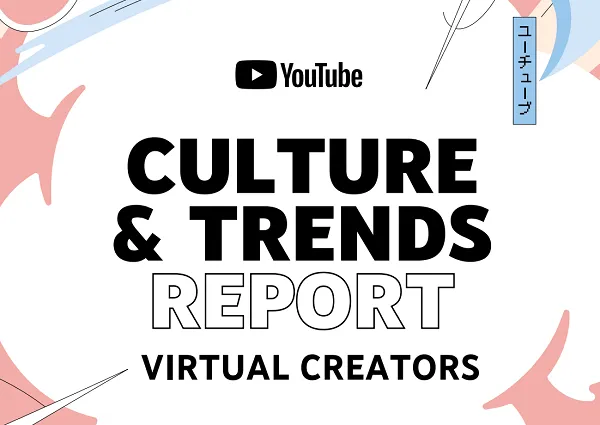
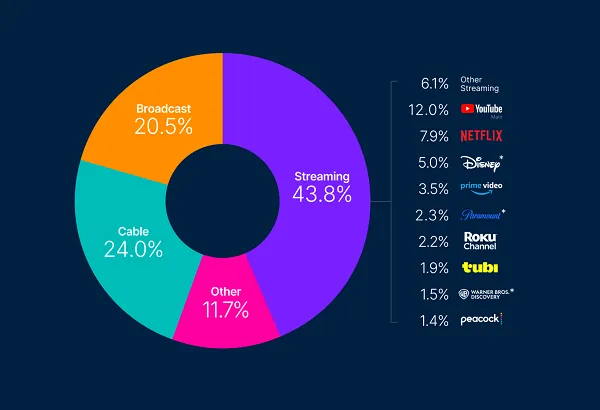



![31 Top Social Media Platforms in 2025 [+ Marketing Tips]](https://static.semrush.com/blog/uploads/media/0b/40/0b40fe7015c46ea017490203e239364a/most-popular-social-media-platforms.svg)















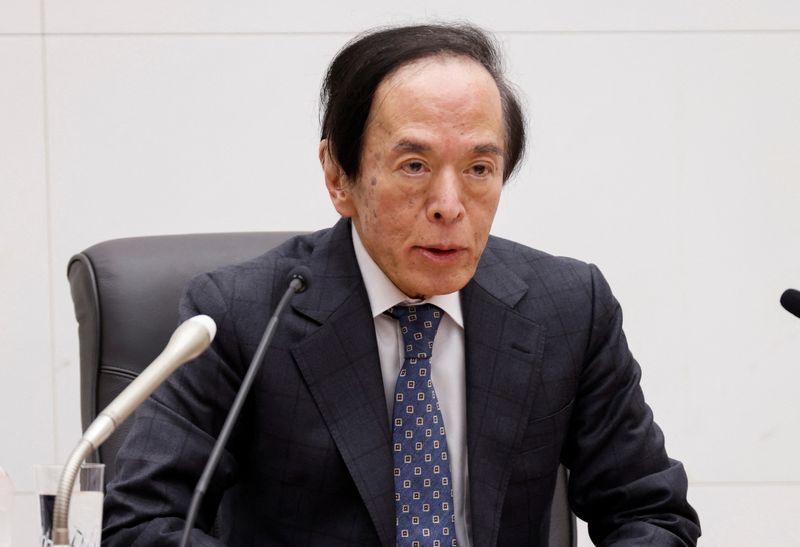













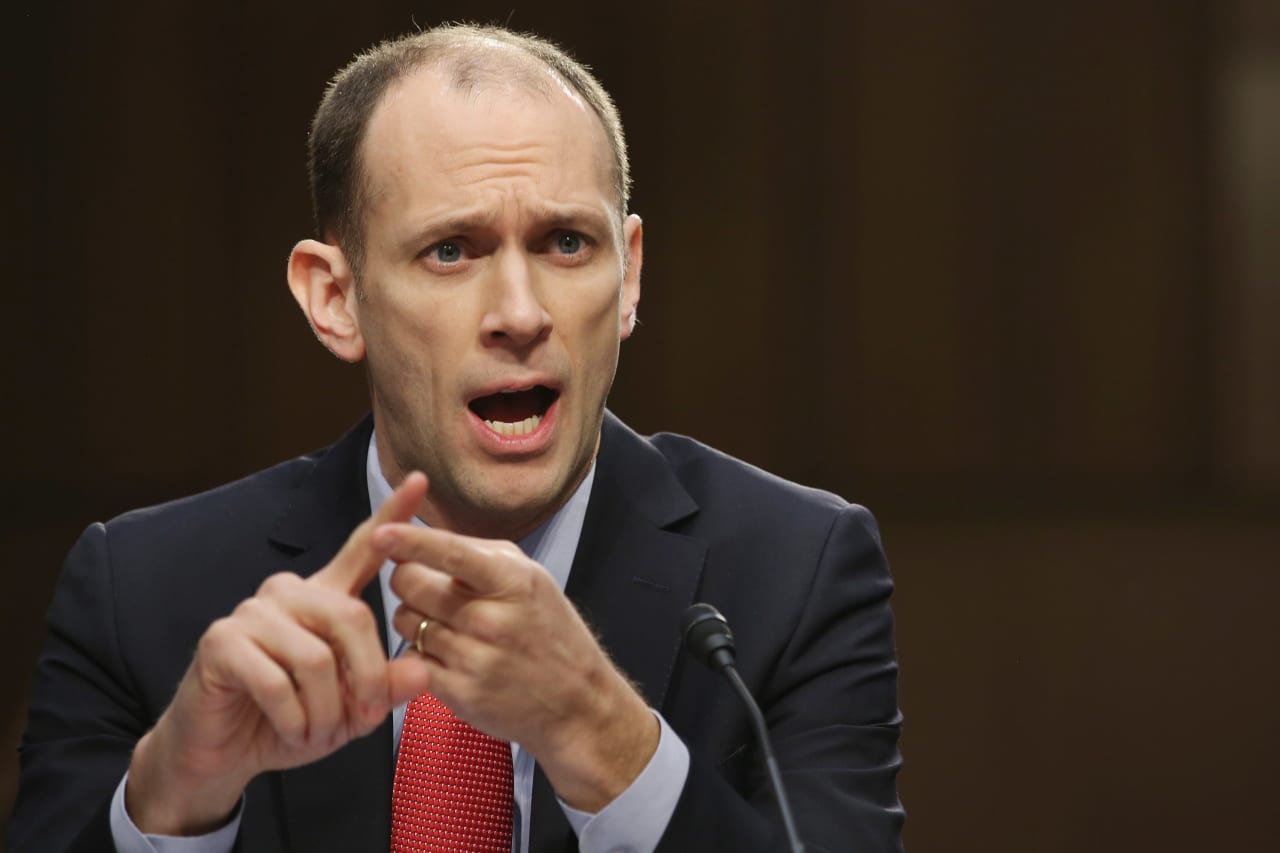











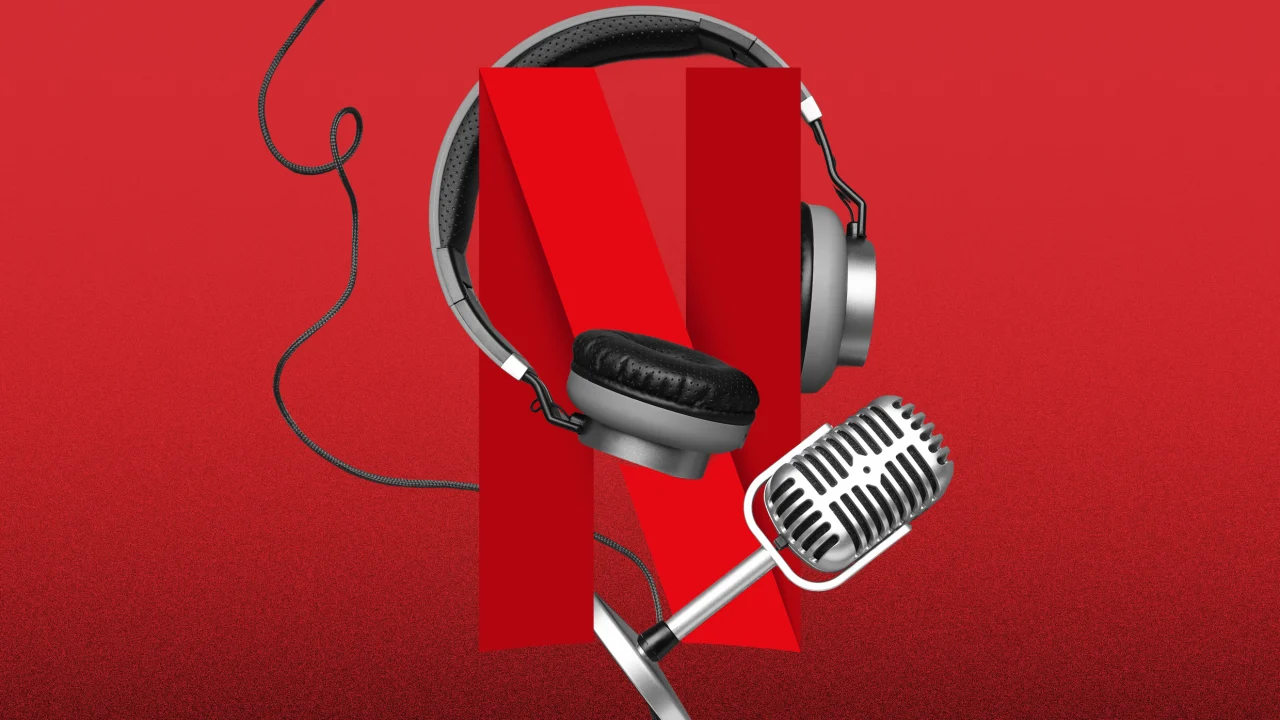


























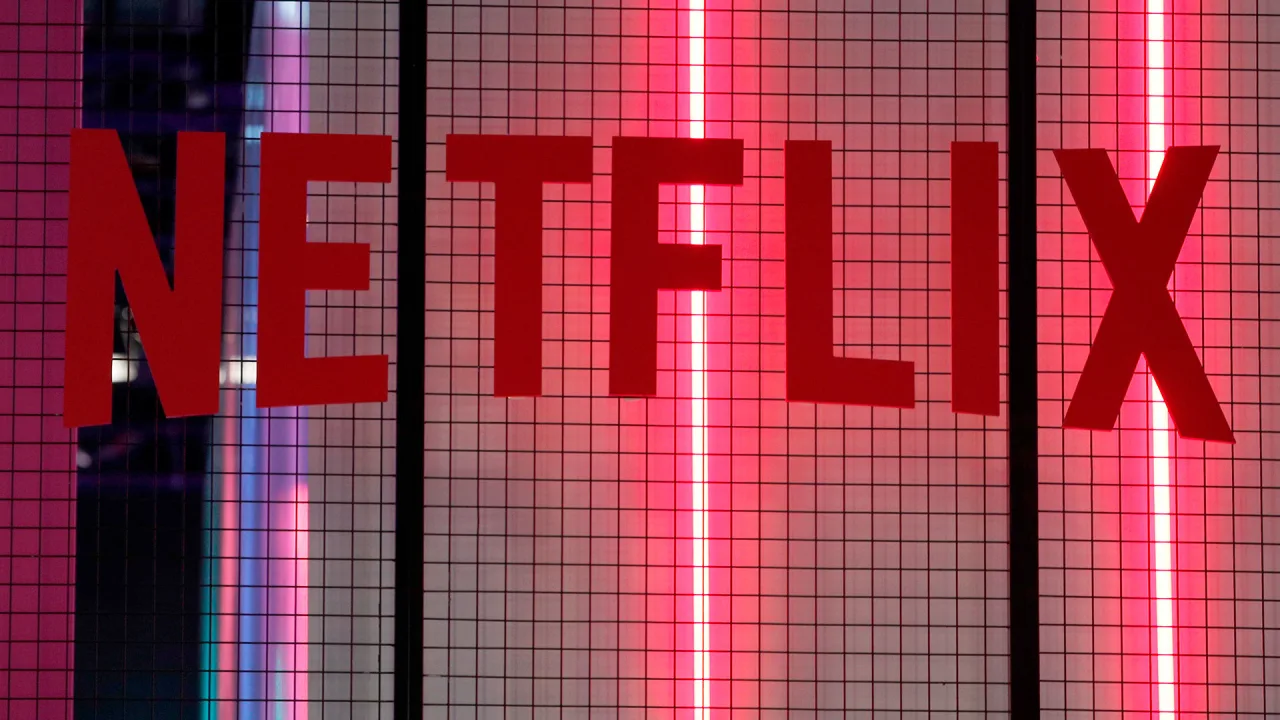
































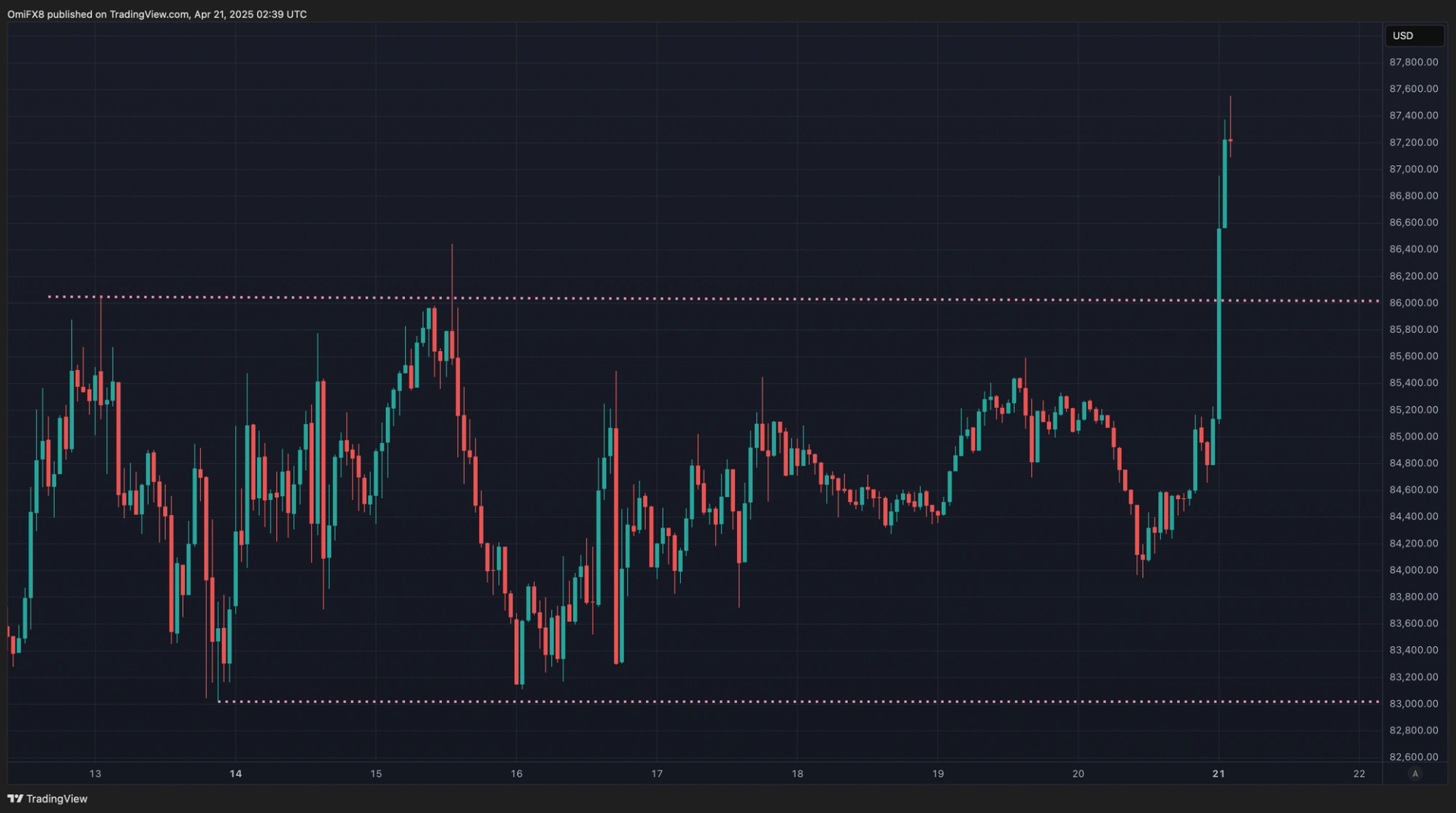








































































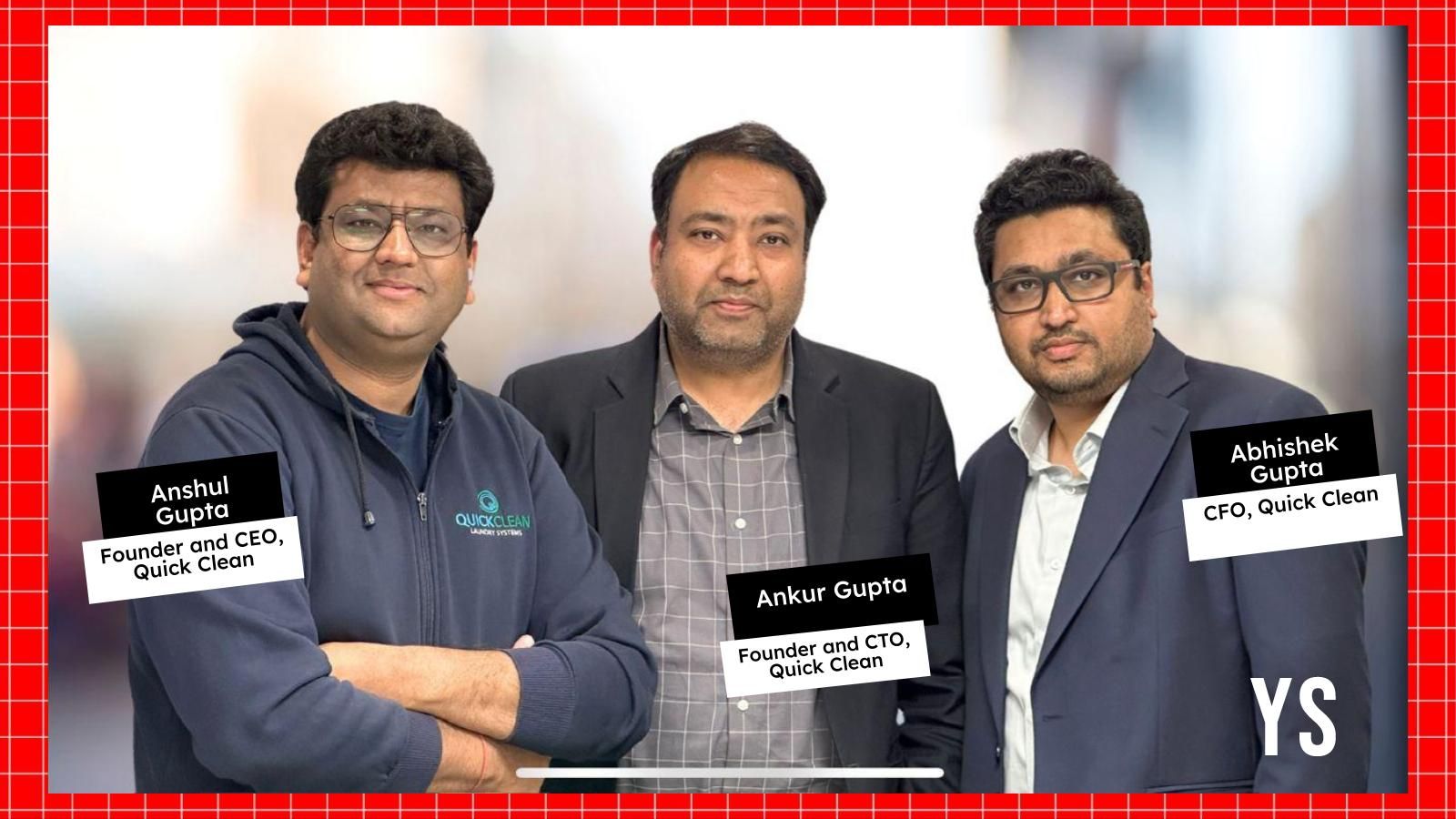


![How to Find Low-Competition Keywords with Semrush [Super Easy]](https://static.semrush.com/blog/uploads/media/73/62/7362f16fb9e460b6d58ccc09b4a048b6/how-to-find-low-competition-keywords-sm.png)